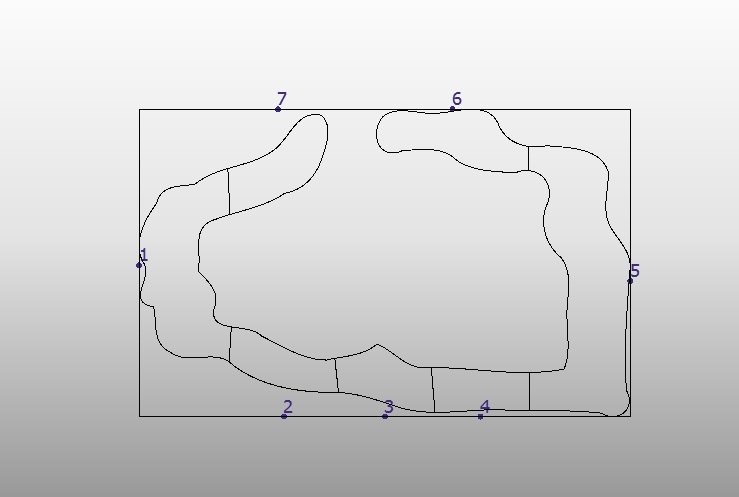I have a road allowance that I have divided into multiple sections. I need to number these polygons from one end of the road, to the other, in sequence. When I use the counter and group by road_id, it seems to move from top to bottom in numbering, so if a road curves or is circular, the polygons get numbered out of sequence through the curved area. Is there a way to keep these polygons numbered in sequence even through a highway ramp or a curved street? Any suggestions as to how I can assign numbers to these polygons and keep them in order from start of road to end of road?
Question
Number polygons in sequence
This post is closed to further activity.
It may be an old question, an answered question, an implemented idea, or a notification-only post.
Please check post dates before relying on any information in a question or answer.
For follow-up or related questions, please post a new question or idea.
If there is a genuine update to be made, please contact us and request that the post is reopened.
It may be an old question, an answered question, an implemented idea, or a notification-only post.
Please check post dates before relying on any information in a question or answer.
For follow-up or related questions, please post a new question or idea.
If there is a genuine update to be made, please contact us and request that the post is reopened.







